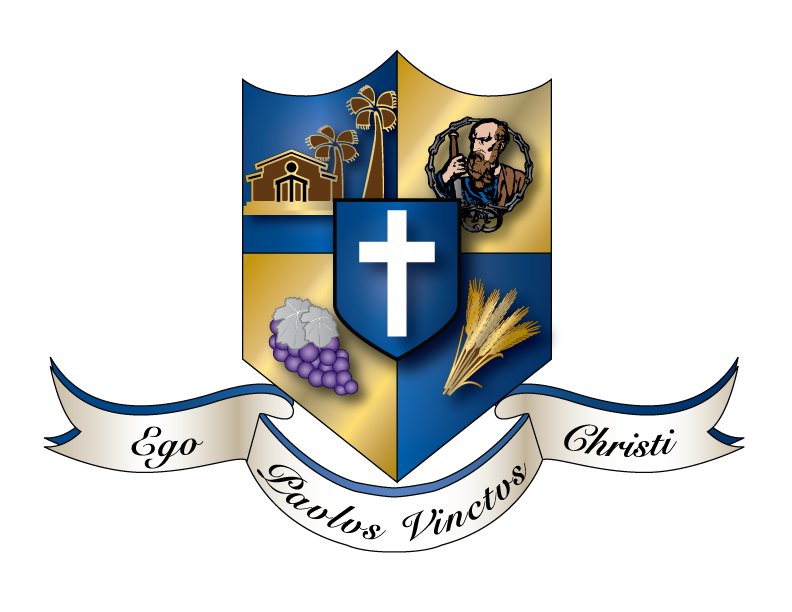
Our History
The history of St. Paul dates back to 1954. Rooted in faith and a small community feel, our parish today is an increasingly active, vibrant and growing community comprised of more than 2,600 households. Led by a dedicated Pastor and a strong corps of lay leaders and volunteers, there is an increasing number of ways that people of all ages and backgrounds are participating in the spiritual, educational, social and pastoral care ministries of our parish. But while faces and facilities may have changed over the years, the most constant and critical attributes of St. Paul have remained the same, namely, our commitment to Christ, to one another and to the betterment of our Catholic and local communities.
Beginning in August 1915, Father J.J. O’Riordan of Sanford made regular trips to Fruitland Park to hold Mass in the summer cottage of Mr. and Mrs. Martell of St. Joseph, Michigan. A church in Fruitland Park was completed in 1921 and the first Mass celebrated on Thanksgiving Day. The Fruitland Park church held the official status of mission and was never dedicated due to the inability of the Bishop of St. Augustine to travel to the far-flung points of his diocese.
In 1949, Father William O’Farrell, pastor of the mission, headed the parish’s transaction of purchasing land in Leesburg along Sunshine Avenue for the purpose of building a larger church. Groundbreaking ceremonies were held on Sunday, February 18, 1951, with Father George Cummings as celebrant. On March 2, 1952, Archbishop Joseph P. Hurley of St. Augustine officiated at the solemn dedication.
The success and growth of the Leesburg church warranted the addition of a parochial school. The two-story building was completed in 1961 in time for a September opening. Within two years the original staff was enriched by the addition of three nuns: Sisters Celia, Mary Magdalene, and Thaddeus. More grades were opened, and because the nuns were in such short supply, St. Paul’s secured the services of more lay teachers to instruct a total of eight grades. However, In 1969, funding and administration problems forced the school’s closure.
In the early 1970s, it was evident that more space was needed to accommodate the Catholic community and winter visitors. In 1975, serious plans had shaped up for a new church. Following groundbreaking ceremonies, work began in November 1976. In November 1977, the sanctuary was complete.
In 1988, before an extensive renovation of the present church was finished, the parish was stunned by the sudden death of its Pastor, Fr. Philip Stegeman.
Renovations in 2015-2016 brought us the beautiful building we have today.
During St. Paul’s long history, the Parish of St. Lawrence in Bushnell, and the Parish of St. Timothy’s in Lady Lake were established through St. Paul’s missionary endeavors.

